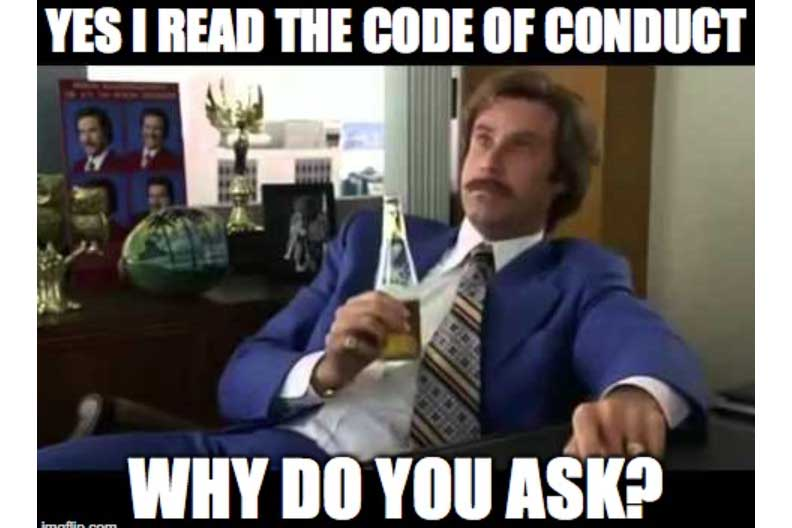Wikipage article review - Low-code and no-code programming
Today I would like to give my opinion about a wiki article written by my fellow students about no-code and low-code programming. The article can be found under this link:
https://wiki.itcollege.ee/index.php/Low-code_ja_no-code_programmeerimine
To start, I would like to briefly tell why I chose this article to give my assessment. Although I have been working in IT for some time, I have never heard about these concepts and their use. I even mistakenly thought that low-code programming had something to do with low level programming. So it was very interesting and educative for me to read about these topics.
What I liked in a introduction part, is the fact that in this article probable Estonian names for these concepts were given. In my opinion it is a nice habit for native speakers to have local naming for words as an alternative to English terms, this is why it could actually be a good idea to actually post this article on Wikipedia, so that these terms could be populated before these concepts become big, if it happens eventually.
However, there are some minor points that I think could be done better. There could be some pictures of no-code or low-code solutions. These concepts are very visual and for me as a developer is quite hard to imagine how any of those can look. Given description is pretty good and I could imagine generally how things work, but just as I was reading an article, I would like to have a small example. On the other hand, articles' authors provided links to some of solutions, so anyone can check what they look. So it actually somehow covers the absence of screenshots, I just feel having a screenshot or two would make an article more visually interesting and a little more informative without a need to visit those websites.
I really liked a structure of a wikipage - it covers most of topics which can be important and an article itself is easily scalable. This is why I once again think this could actually go on Wikipedia. Only several points could be considered - separating a page into actually into two - no-code and low-code would be a first one. Also I probably think that it might be a good idea to bring history section to the beginning, just after introduction and explaining about technologies. I would also try to make "kasutusalad" or usage section a little bit more generally informative. Since this article made me very curious, I made some investigation and found that low and no-code solutions can be used in design, statistics, analytics, even network or internet traffic maintenance solutions and so much more - some extra information about it could be useful.
The language used in the article in my opinion is appropriate. Used words seemed scientific and I actually have my own way to determine, if a scientific article written in Estonian is of good academic level. As I do not consider my Estonian language my strongest side, I have to sometimes use Google translate - if I can read an article about IT in Estonian and never use it, usually it means the article is a little too simple, but if I use it all the time, it means that article might be too complicated and probably on a professional level, which is good for scientific books, but not so much for Wiki page. In this case I had to use a dictionary, but not too often, and also understood the general idea of each sentence without it.
As my final grade, I would score this article 9 out of 10. I think there are ways to improve it a little bit, however overall impression of this article was very positive. Moreover, I usually give some extra credit to authors, when after reading an article on Wiki, I go to Google to find some extra articles and watch several videos about the topic. So if you have never heard about no-code or low-code and would like to know more, you actually can start with this article and if you only speak English, just go to used sources.


Comments
Post a Comment